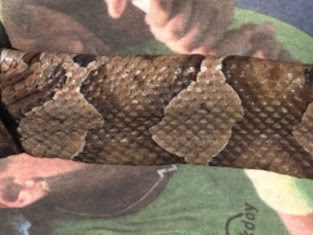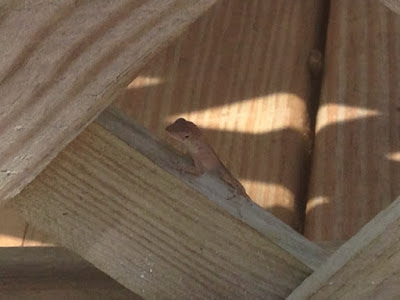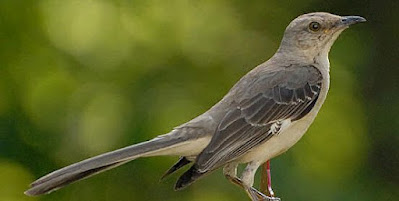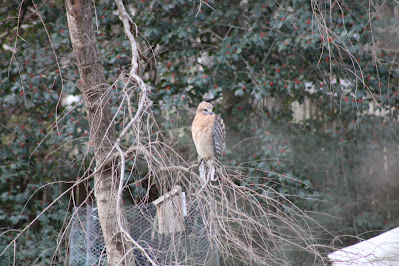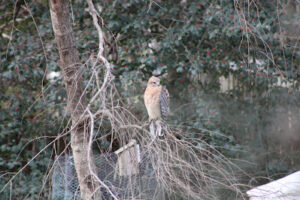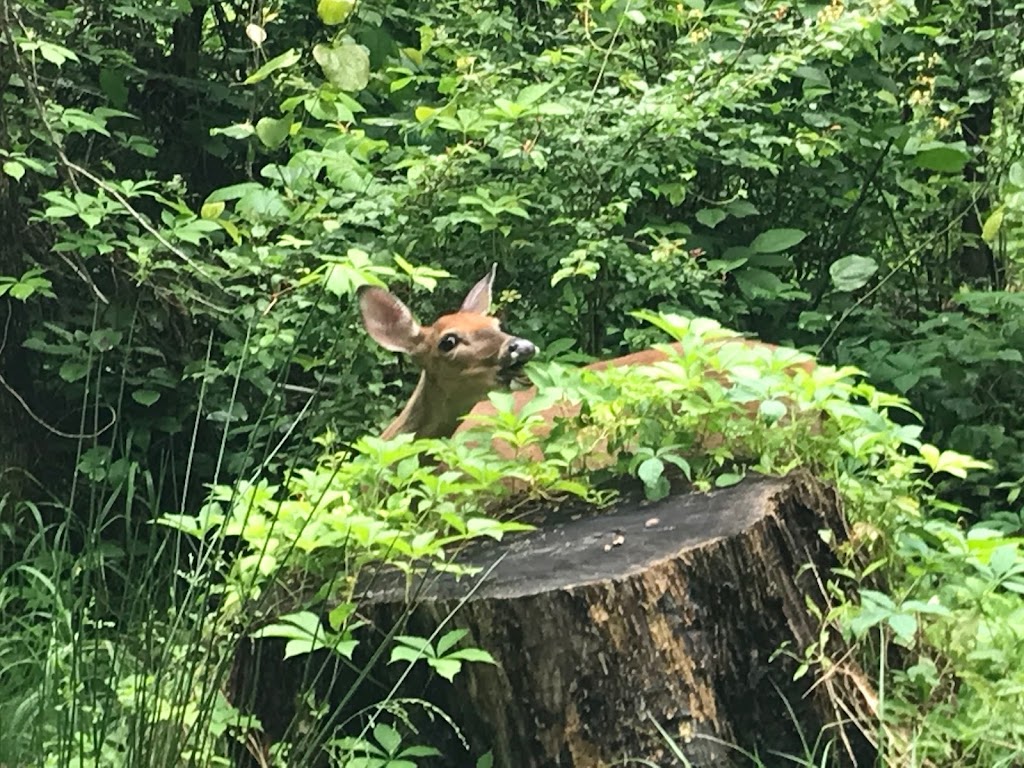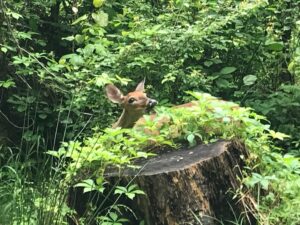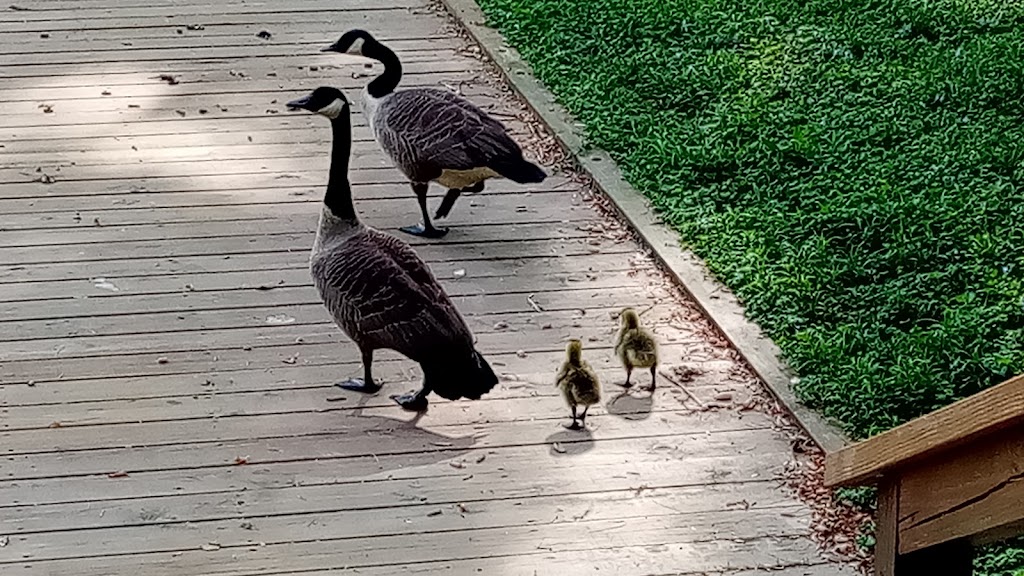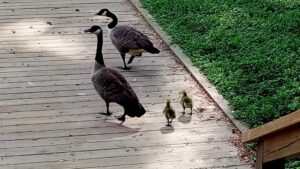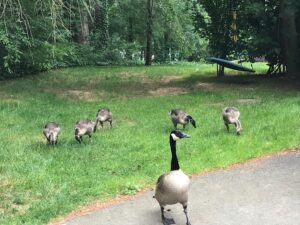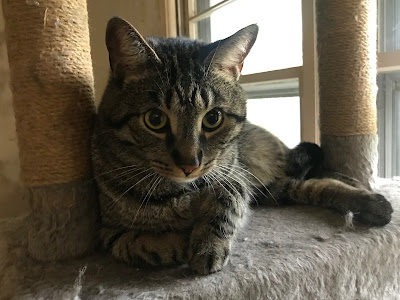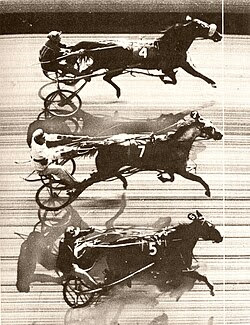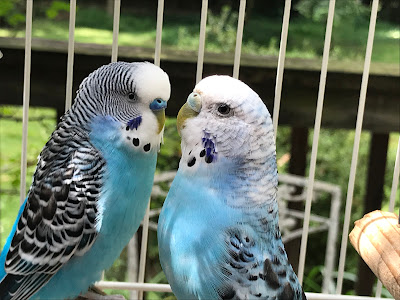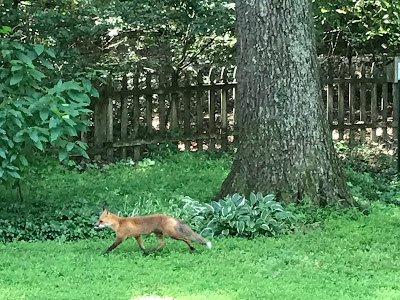Copperhead!
Wednesday was to be a day of heat and humidity, record-breaking heat, and it would be just that. But it began with a snake-sighting. Not just any snake, but a copperhead.
This deadly viper is, as I’ve noted before, “Reston’s only venomous snake.” Cold comfort when you reach down into your garden bed and one of them sinks its fangs into you — which happened to a friend who’d recently moved to the area.
That the copperhead I found was most assuredly dead did not totally dispel my discomfort. After all, I traipse through these woods often. What other dangers lurk beneath its calm facade? Does this critter have sisters and brothers, aunts, uncles and cousins? I imagine so.
Having just returned from a place where coyotes call, mountain lions roam and bears break into suburban hot tubs, why shouldn’t I come upon a copperhead?
